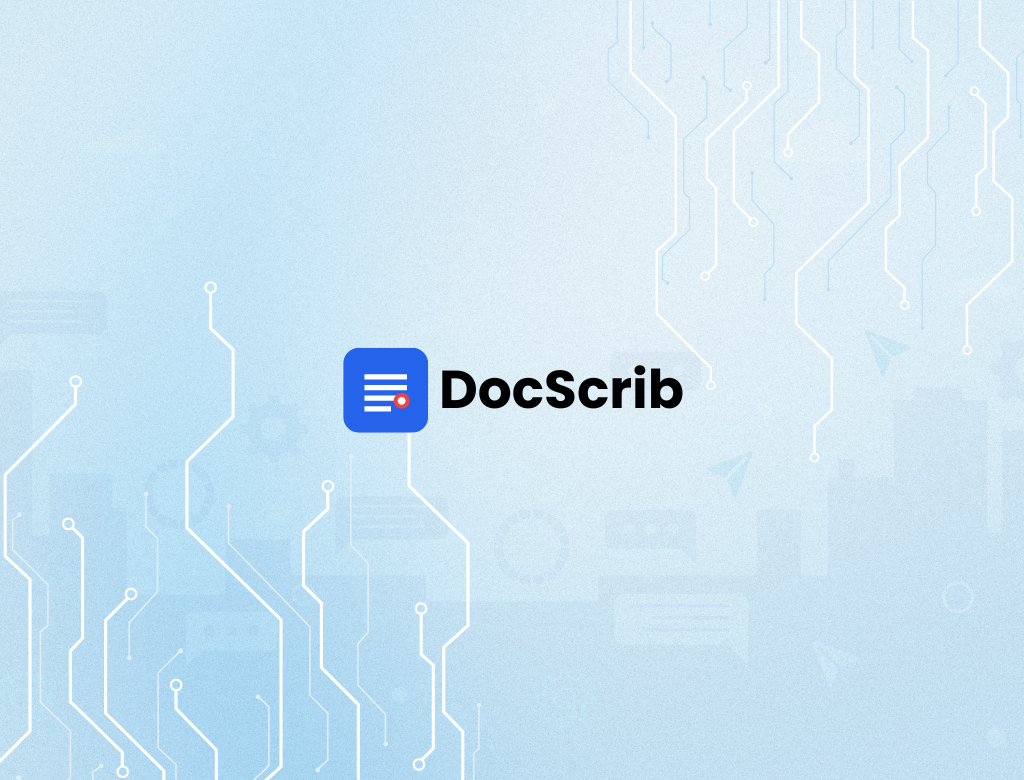In the healthcare world, clear, accurate, and timely documentation is the key to delivering high-quality patient care, ensuring proper reimbursement, and maintaining regulatory compliance. This is where Clinical Documentation Improvement (CDI) plays a vital role.
At DocScrib, we help clinicians, hospitals, and healthcare organizations take their documentation to the next level through the power of AI Medical Scribes. In this comprehensive guide, you’ll learn what Clinical Documentation Improvement is, why it matters, and how to implement it effectively in your practice.
What is Clinical Documentation Improvement (CDI)?
Clinical Documentation Improvement (CDI) refers to strategies and processes aimed at enhancing the quality, clarity, and accuracy of healthcare documentation. This ensures that patient records reflect the true complexity of care provided, which impacts:
- Patient Safety & Care Continuity
- Accurate Reimbursement
- Legal & Compliance Readiness
- Data-Driven Clinical Decision Making
👉 Discover how DocScrib’s AI Medical Scribe can help
Why is Clinical Documentation Improvement Important?
✅ Better Patient Outcomes
Precise documentation supports better clinical decisions, reducing the risk of medical errors.
✅ Optimized Revenue Cycle
Detailed notes ensure correct coding and appropriate reimbursement from insurance providers.
✅ Legal & Regulatory Compliance
High-quality documentation protects healthcare providers in case of audits or legal challenges.
✅ Enhanced Communication
Accurate records improve communication among healthcare teams, leading to seamless care transitions.
Common Documentation Challenges
- Incomplete or Vague Notes
- Time Constraints
- Inconsistent Terminology
- EHR Navigation Frustrations
- Clinician Burnout Due to Administrative Overload
How to Improve Clinical Documentation: Best Practices
1. Educate & Train Your Team
Ongoing training helps clinicians understand the value of thorough documentation and stay updated on evolving coding guidelines.
2. Use Standardized Templates
Employ consistent templates for SOAP notes, progress notes, and discharge summaries to improve clarity.
👉 Download Free Clinical Note Templates
3. Implement AI Medical Scribes
AI-powered tools like DocScrib can automate documentation, saving time while enhancing accuracy.
4. Perform Regular Audits
Identify gaps and errors through routine chart reviews, and provide constructive feedback to clinical staff.
5. Focus on Patient-Centered Narratives
Ensure documentation reflects not just clinical facts but also the patient’s story, values, and goals.
👉 Schedule Your Free Demo with DocScrib
How DocScrib Enhances Clinical Documentation Improvement
DocScrib is more than an AI Medical Scribe—it’s a powerful tool for achieving lasting Clinical Documentation Improvement by:
- Capturing Real-Time Clinical Conversations
- Generating Accurate and Structured SOAP or DAP Notes Instantly
- Integrating Seamlessly with EHRs
- Reducing Documentation Time by Up to 70%
- Ensuring HIPAA-Compliant Security
By using DocScrib, clinicians can focus more on patient care while significantly enhancing the quality and consistency of their documentation.
Key Takeaways for Successful Clinical Documentation Improvement
- Invest in ongoing training and education.
- Standardize your documentation processes.
- Leverage AI Medical Scribe technology to reduce manual workload.
- Conduct regular chart audits for quality assurance.
- Foster a culture of accurate, patient-centered documentation.
Additional Resources from DocScrib
- SOAP vs. DAP Notes: Which Should You Use?
- Free Treatment Plan Templates
- How to Write Clinical Notes: A Step-by-Step Guide
- AI Medical Scribe for Happier Clinicians — Visit DocScrib
Final Thoughts
Effective Clinical Documentation Improvement isn’t just about paperwork—it’s about enhancing care quality, protecting revenue, and reducing stress for clinicians. With the support of AI Medical Scribes like DocScrib, you can transform your documentation process into a streamlined, efficient, and accurate workflow.
Stay accurate. Stay efficient. Stay patient-focused—with DocScrib.
